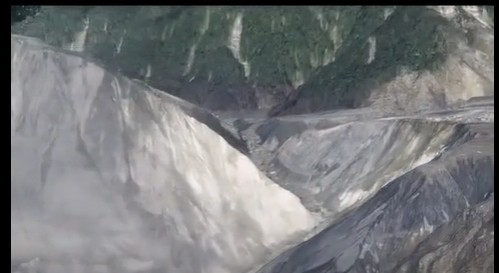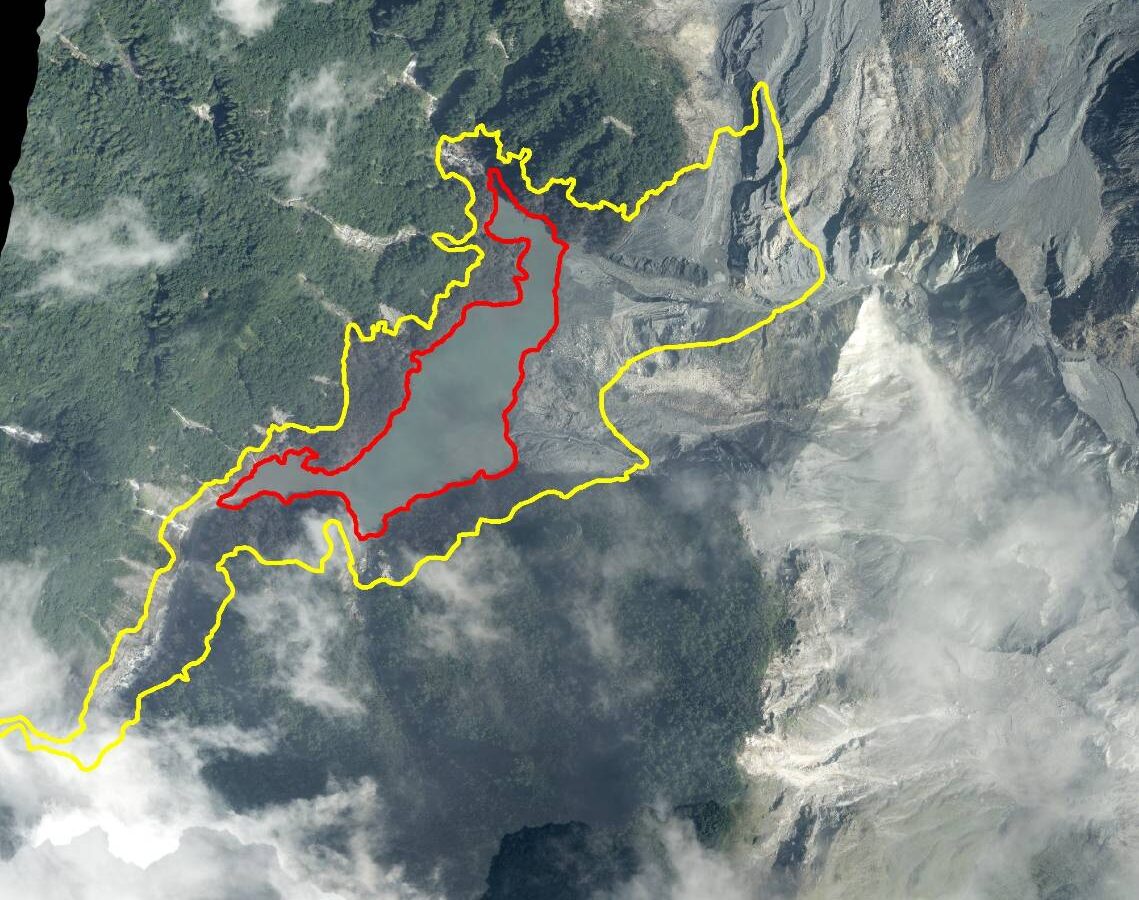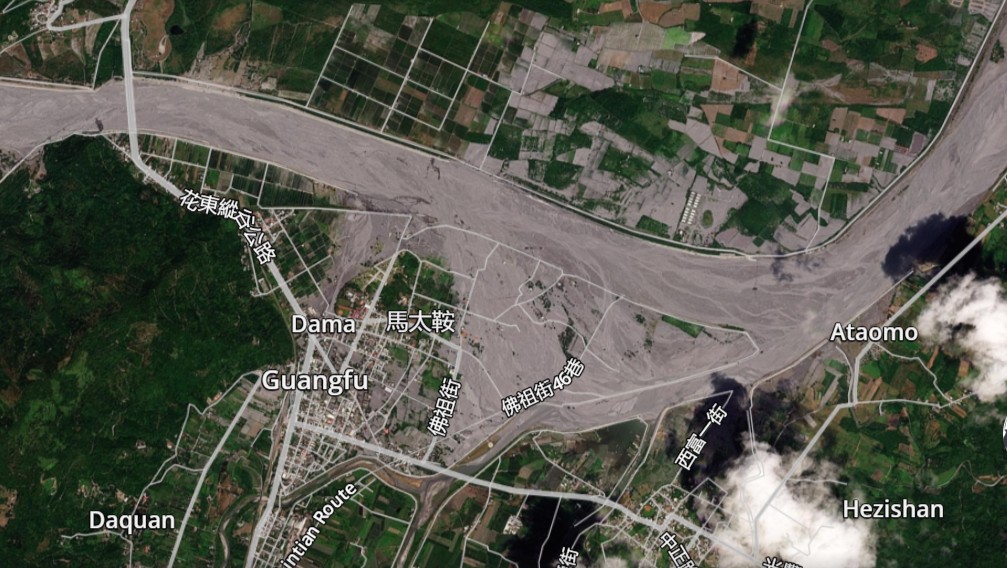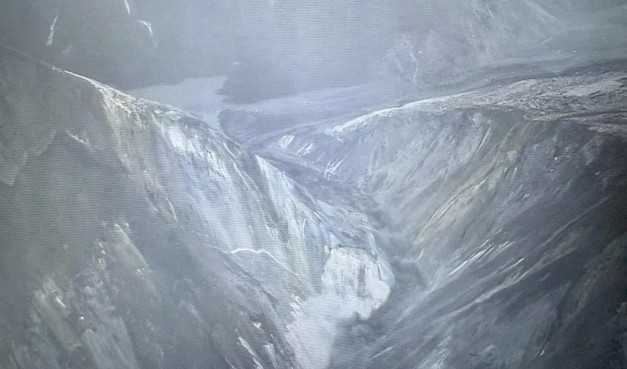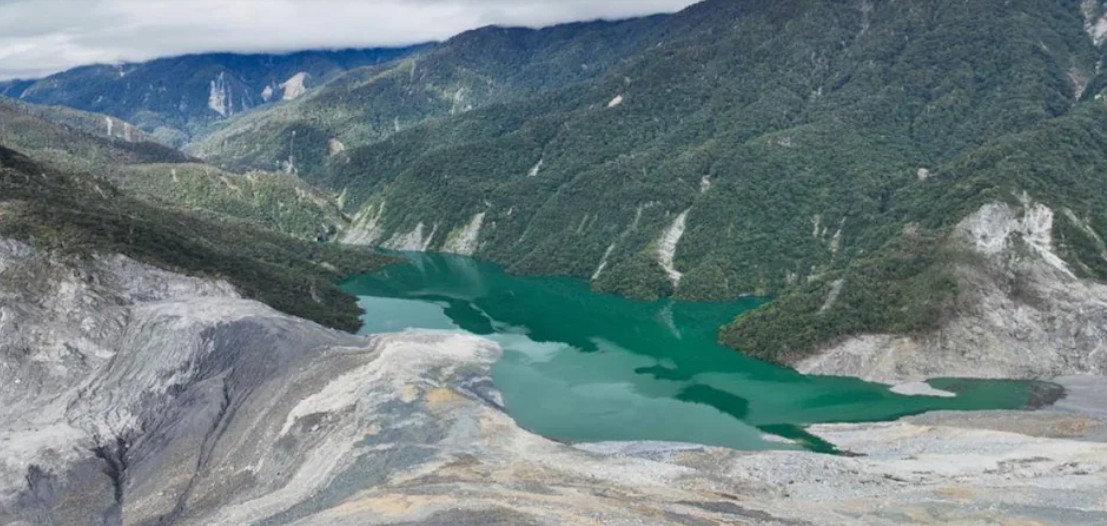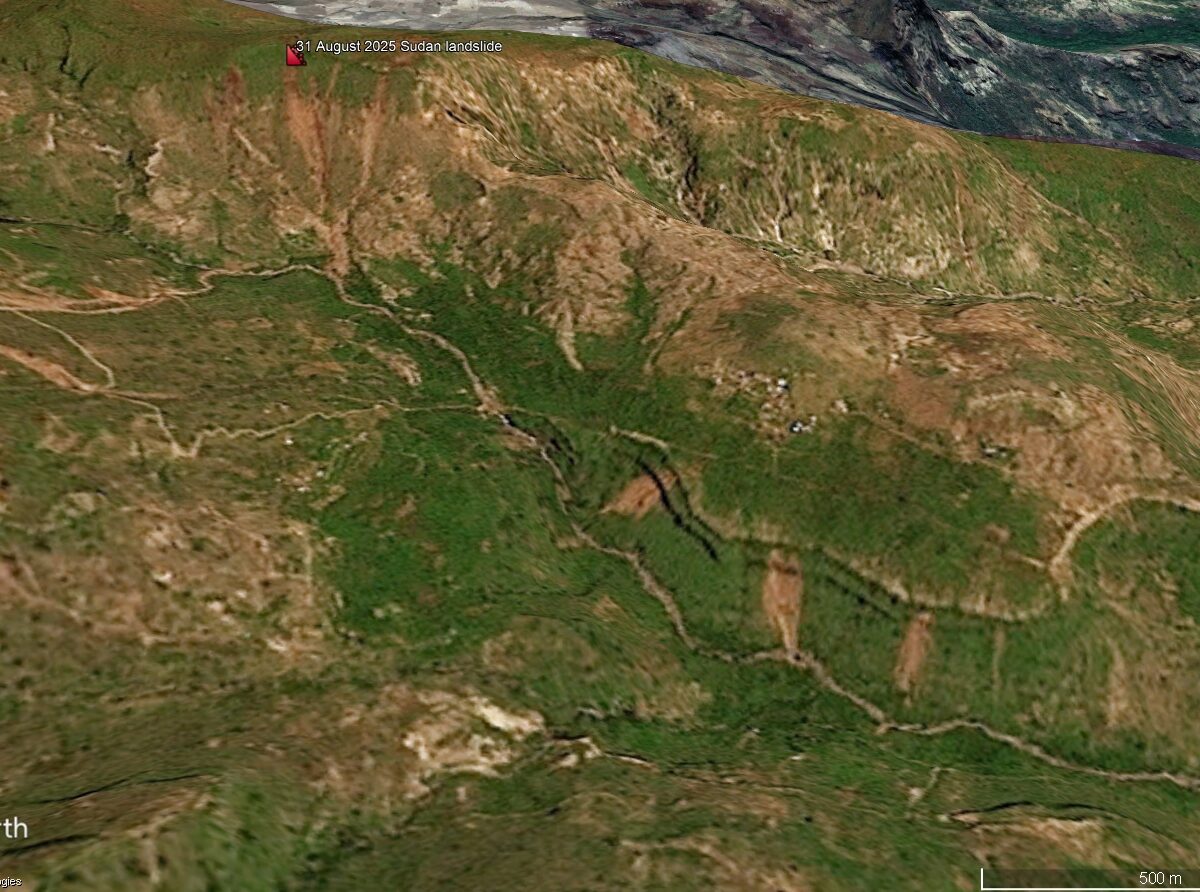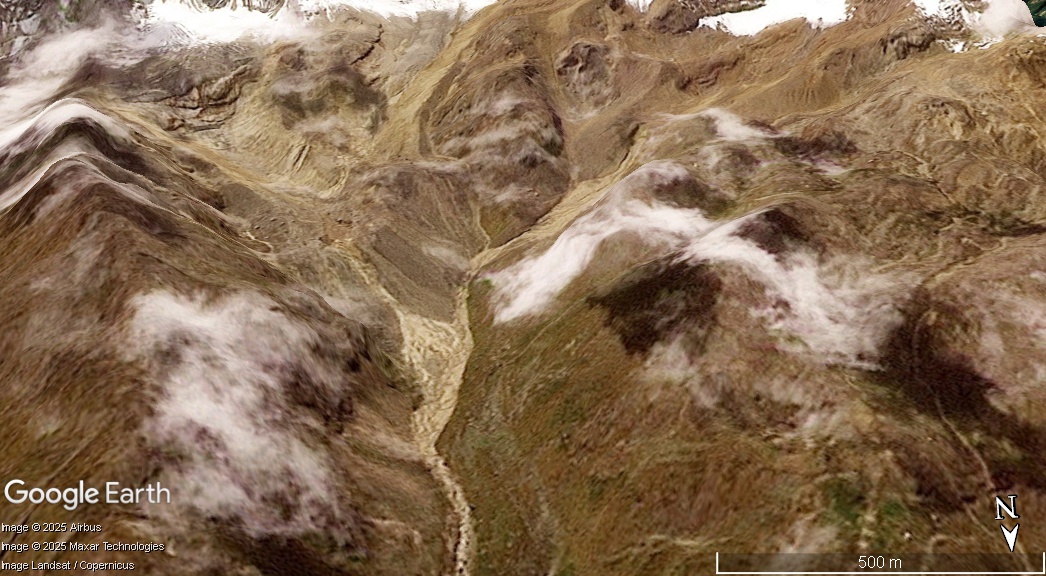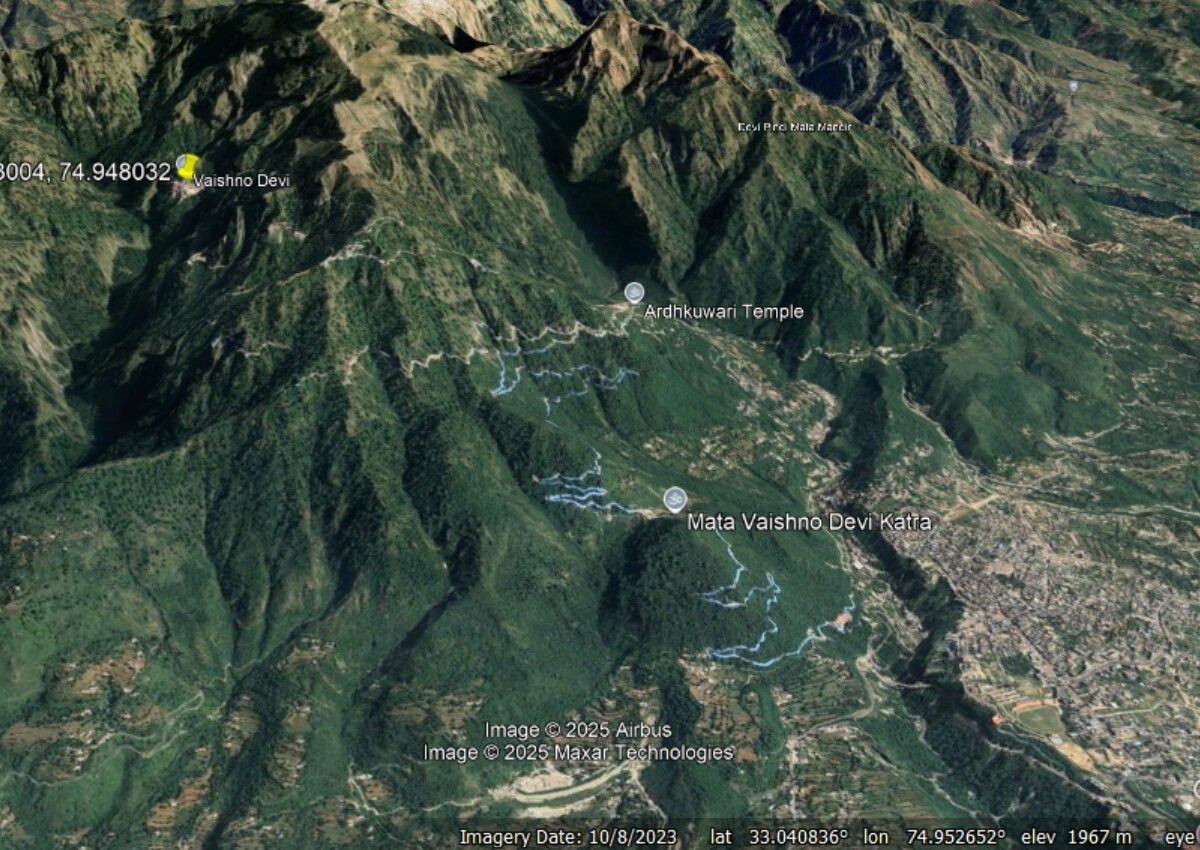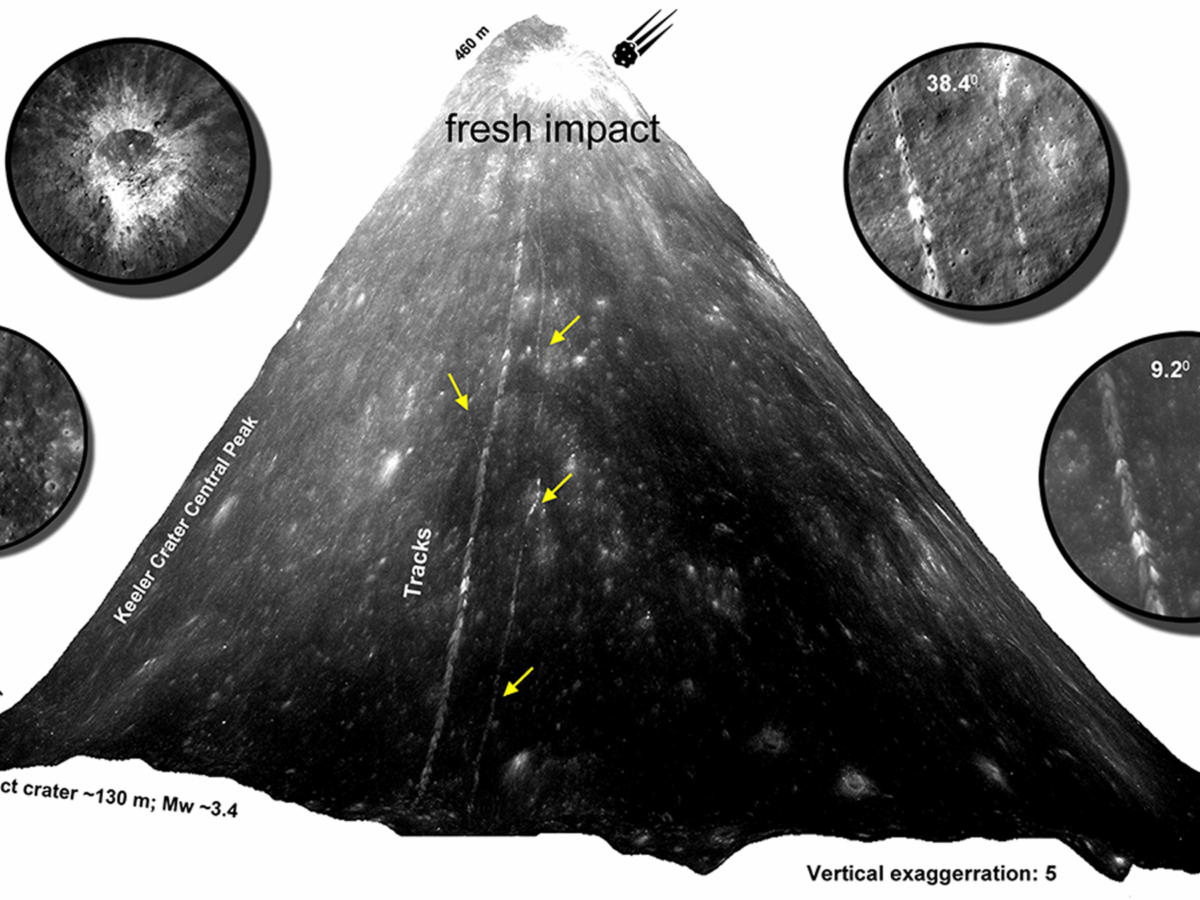Very heavy rainfall across Nepal, NE. India and Bhutan has triggered landslides that have killed at least 60 people. Over the last few days, parts of the Himalayas have been hit by very high levels of rainfall, causing large numbers of damaging landslides. The picture is not yet fully clear, but Nepal and Bhutan, and […]
landslides
The evolution of the Matai’an landslide dam
Some excellent before and after imagery is now available showing the evolution of the Matai’an landslide dam. The active GIS/spatial analysis community in Taiwan has produced some fascinating analysis of the Matai’an landslide. Much of this has been posted to Facebook (which is not my favourite platform, but sometimes you have to go where the […]
The aftermath of the Matai’an landslide and dam breach in Taiwan
Good digital data is now being published that presents the scale of landscape change that occurred as a result of the Matai’an landslide hazard cascade. There is also interesting information about the root causes of the vulnerability of the town of Guangfu, where the fatalities occurred. Some interesting information is now emerging about the Matai’an […]
The aftermath of the Matai’an landslide in Taiwan
It is likely that the final death toll from the collapse of the Matai’an landslide dam will be 25 people. The dust is literally settling in the aftermath of the breach of the Matai’an landslide dam in Taiwan. The current estimates for the loss are life are 18 fatalities with seven more missing, and a […]
The tragic 23 September 2025 Matai’an landslide dam breach in Taiwan
At least 15 people are known to have been killed by the debris flow and flood from the landslide dam breach that was triggered by typhoon Ragasa. The extremely intense rainfall brought by super typhoon Ragasa triggered the overtopping of the landslide dam at Matai’an in Taiwan on 23 September 2025. This was not a […]
Evacuations ordered downstream of the Matai’an landslide dam in Taiwan
Extremely heavy rainfall associated with super typhoon Ragasa could cause the Matai-an landslide dam to overtop in the next two days. In East Asia, super typhoon Ragasa is moving westwards between Taiwan and the Philippines. At the time of writing, Earth Cut TV has a live feed from the Batanes Islands, almost in the path […]
The strange case of the 31 August 2025 landslides in Sudan
Local reports suggested that over 1,500 people died in this event, and a high death toll was reported by some international agencies. However, examination of satellite imagery casts significant doubt on this interpretation. It has been widely reported that on 31 August 2025, a devastating landslide occurred at Tarasin (there are various spellings of this […]
The cause of the 5 August 2025 Dharali disaster in India
Planet satellite imagery has started to reveal the events that killed 70 people at in northern India. It clearly indicates that intense rainfall triggered landslides that transitioned into channelised debris flows. On 5 August 2025, a series of terrifying landslides struck Dharali in Uttarkashi, Uttarakhand, northern India. I blogged about this at the time – the Wikipedia […]
The 26 August 2025 landslide on the Vaishno Devi pilgrimage route in India
On 26 August 2025, a landslide triggered by extraordinary rainfall killed at least 34 people and injured another 20 individuals. On 26 August 2025, extremely intense late monsoon rainfall struck parts of Jammu and Kashmir in northern India, triggering extensive flooding and landslides. Unfortunately, a significant landslide occurred on the route to the Vaishno Devi […]
Scientists Track Down Fresh Boulder Falls on the Moon
By poring over thousands of satellite images, researchers geolocated 245 fresh boulder tracks, revealing signs of seismic activity or impact events within the last half-million years.


